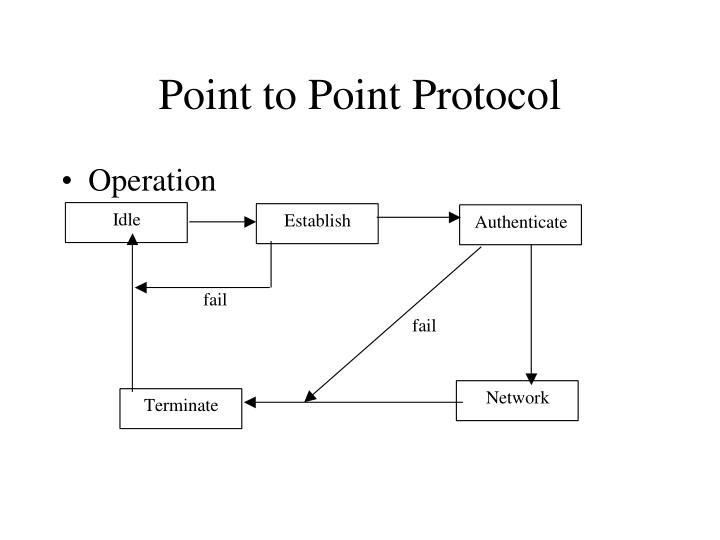Protocol – In Networking, protocol is defined as a set of rules or transmitting data between electronic devices, like – computers. Network protocols are like a common language for computers. In order to exchange information, there must be a pre-existing agreement as to how the information will be structured and how each side will send and receive it. Since, the computers within a network may use vastly different software and hardware.
Basically Standard Protocols are like a common language that computers can use, it’s very similar to how two people from different parts of the world may not understand each other’s native languages, but they can communicate using a shared third language.

On the Internet, there are different protocols available for different types of processes. Protocols are often discussed in terms of which OSI model layer they belong to.
How do protocols work?

In the working of a protocol, Network protocols take large-scale processes and break them down into small, specific tasks or functions. This occurs at each and every level of the network, and each function must cooperate at each level to complete the larger task. We can say, Protocol, is like a set of smaller network protocols working in conjunction with each other.
What are the types of protocol?
Here are various types of protocols listed, they support a major and compassionate role in communicating with different devices across the network, such as:
- Transmission Control Protocol (TCP)
- Internet Protocol (IP)
- User Datagram Protocol (UDP)
- Post office Protocol (POP)
- Simple mail transport Protocol (SMTP)
- File Transfer Protocol (FTP)
- Hyper Text Transfer Protocol (HTTP)
- Hyper Text Transfer Protocol Secure (HTTPS)
- Telnet
- Gopher
What are the main elements of protocol?
The key elements determine what to be communicated, how it is communicated, and when it is communicated. There are majorly three key elements of a protocol, they are as follows:

- Syntax – A Syntax refers to the structure or format of data and signal levels. It defines how to read the data in the form of bits or fields. It also decides the order in which the data is further presented to the receiver.
- Semantics – The term Semantics refers to the interpretation or meaning of each section of bits or fields. It specifies which particular field defines what action. It defines how a particular section of bits or pattern can be interpreted, and what action needs to be taken for a task.
- Timing – Timing mainly refers to two characteristics:
- When the data should be sent?
- What will be the speed of sending and receiving the data?
So, it performs speed matching, sequencing and control data flow of items.
